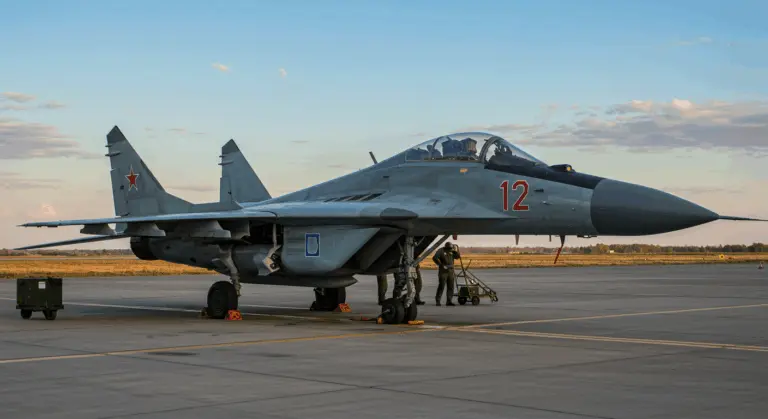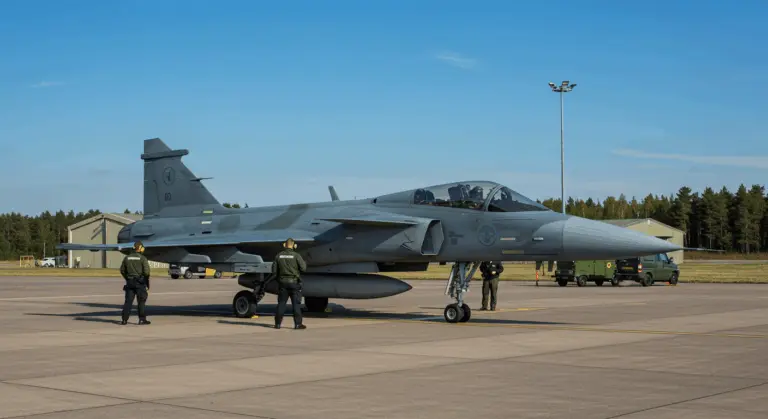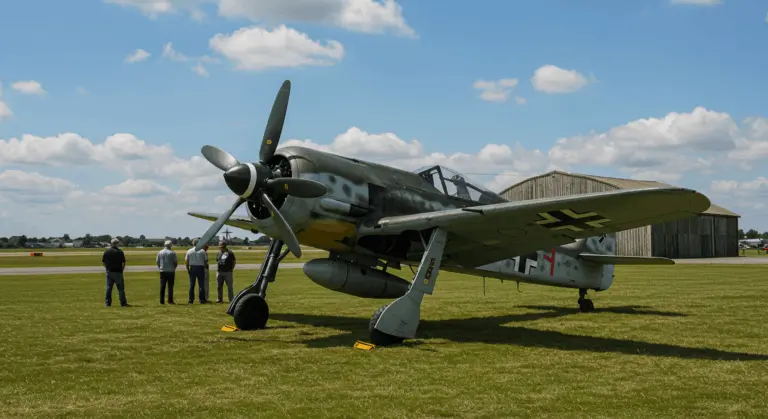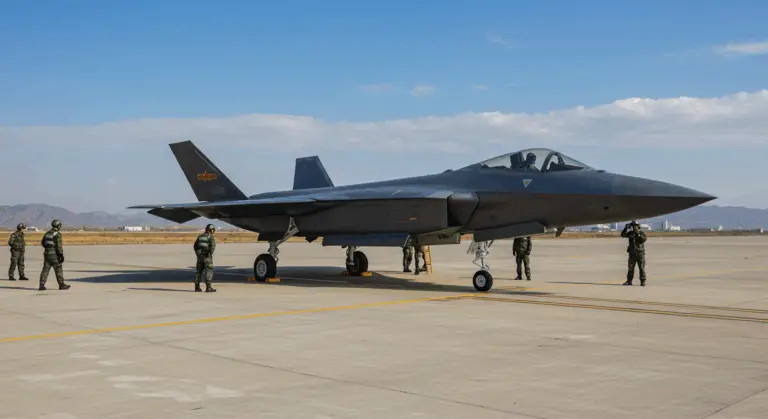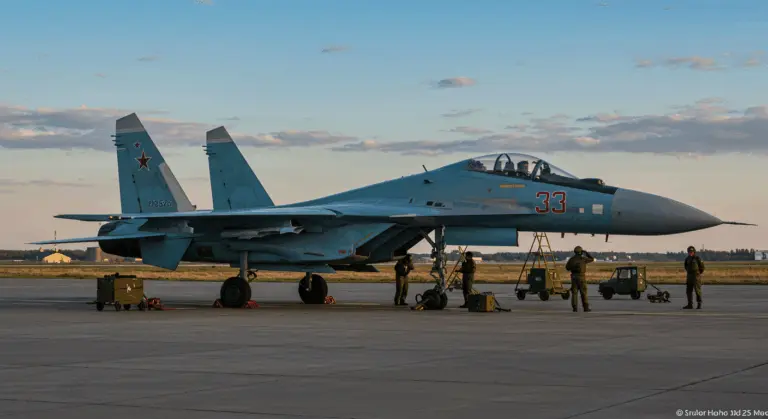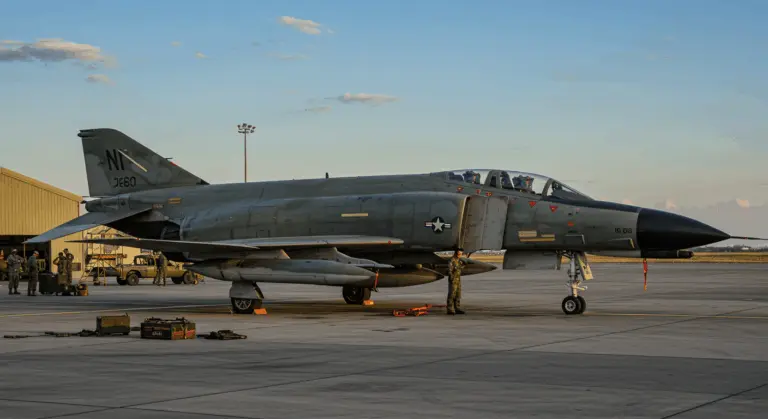Overview of the Supermarine Spitfire
What sets the Spitfire apart? It was the only British fighter produced continuously throughout the entire war.
During World War II’s most critical battles, the Spitfire’s strategic importance established its reputation in military aviation history.
Combat achievements tell only part of the story. The Spitfire’s remarkable versatility enabled service on every major front, while continuous improvements kept it competitive against increasingly sophisticated enemy aircraft.
Design and Development of the Spitfire
Behind the Spitfire’s ingenious design stood one visionary: chief designer Reginald Joseph Mitchell.
Mitchell’s innovative design philosophy prioritized both performance and combat effectiveness through advanced features that were ahead of its time.
The most distinctive feature of the Spitfire was its elliptical wing—beautiful, functional, and revolutionary.
Key Design Features
-
Elliptical Wing: A distinctive design that provided excellent aerodynamic performance, maximizing speed and maneuverability.
-
All-Metal Construction: The aircraft featured a strong yet lightweight stressed-skin aluminum structure, an advanced method for its time.
-
Aerodynamic Refinements: Features like sunken rivets and retractable landing gear reduced drag to improve overall performance.
-
Adaptable Power plant: Early models used the legendary Rolls-Royce Merlin engine, while later variants received the more powerful Griffon engine, ensuring the Spitfire remained competitive.
Operational History of the Spitfire
In 1936, the Supermarine Spitfire made its debut as one of the world’s fastest military aircraft.
Victory in Britain’s skies opened new chapters for the versatile fighter.
Combat success and symbolic importance made the Spitfire as an enduring icon of Allied determination.
Famous Spitfire Pilots
-
Douglas Baker: Despite losing both legs in a pre-war accident, Baker commanded a Spitfire squadron during the Battle of Britain and scored 22 aerial victories.
-
Air Vice Marshal Keith Park: As commander of RAF No. 11 Group, his tactical deployment of Spitfire squadrons was crucial to defending London during the Battle of Britain.
-
Johnnie Johnson: The highest-scoring RAF ace to fly the Spitfire exclusively, credited with 38 confirmed victories.
-
Adolph “Sailor” Alan: A high-scoring ace who developed innovative combat tactics that were widely adopted by the RAF.
-
Robert Stanford Tuck: An aggressive and successful ace known for his leadership and combat prowess.
Variants of the Supermarine Spitfire
Across 24 distinct marks, the Spitfire underwent continuous evolution, with transformations spanning:
Legacy and Preservation of the Spitfire
This continuous evolution demonstrated exceptional flexibility, cementing the Spitfire’s status as an enduring symbol of British resilience, innovation, and steadfast resolve.
That distinctive silhouette—particularly the graceful elliptical wing—has achieved instant global recognition.
Dedicated preservation efforts ensure future generations can witness the Spitfire’s historical importance firsthand.
Spitfire in Museums
Aviation enthusiasts and history aficionados can see these remarkable aircraft in museums worldwide, where carefully preserved examples offer important information into design, construction, and historical significance.
Several prominent museums display Spitfires, including:
-
The Imperial War Museum (London): Houses several significant Spitfires, including combat veterans.
-
The RAF Museum (Hendon): Showcases different variants that illustrate the aircraft’s evolution.
-
The National Air and Space Museum (USA): Preserves a Spitfire highlighting its contribution to the Allied war effort.
-
Commonwealth Museums: Institutions in Australia, Canada, and other nations feature examples flown by their own pilots.
The sight and thunderous sound of these airborne legends provide an unforgettable experience no static display can match.

